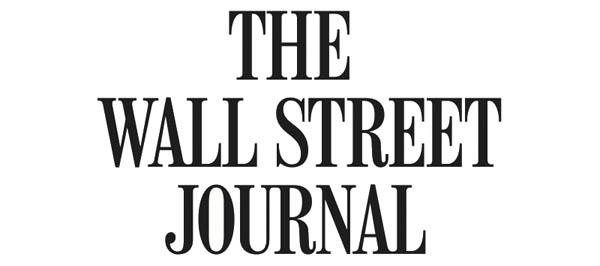Despite their appeal to some, these funds do have critics. “I do not typically recommend target-maturity bond funds because their annual costs are significantly higher [than index bond funds] for a buy-and-hold investment, and there is a lack of flexibility,” says Debra Taylor, founder of Taylor Financial Group, a wealth-management firm in Franklin Lakes, N.J.
“The benefit is that the funds are packaged up in one place, and they do provide diversification for the smaller investor,” she says. “However, the more-sophisticated investor may be better off purchasing the individual bonds and creating their own ladders.” (A ladder is an
assortment of bonds with various maturities.)
For the complete article please visit: Wall Street Journal
*Please note: A subscription may be required to view the complete article. Also, the target date of a target date fund may be a useful starting point in selecting a fund, but investors should not rely solely on the date when choosing a fund or deciding to remain invested in one. Investors should consider funds’ asset allocation over the whole life of the fund. Often target date funds invest in other mutual fund and fees may be charged by both the target date fund and the underlying mutual funds.


